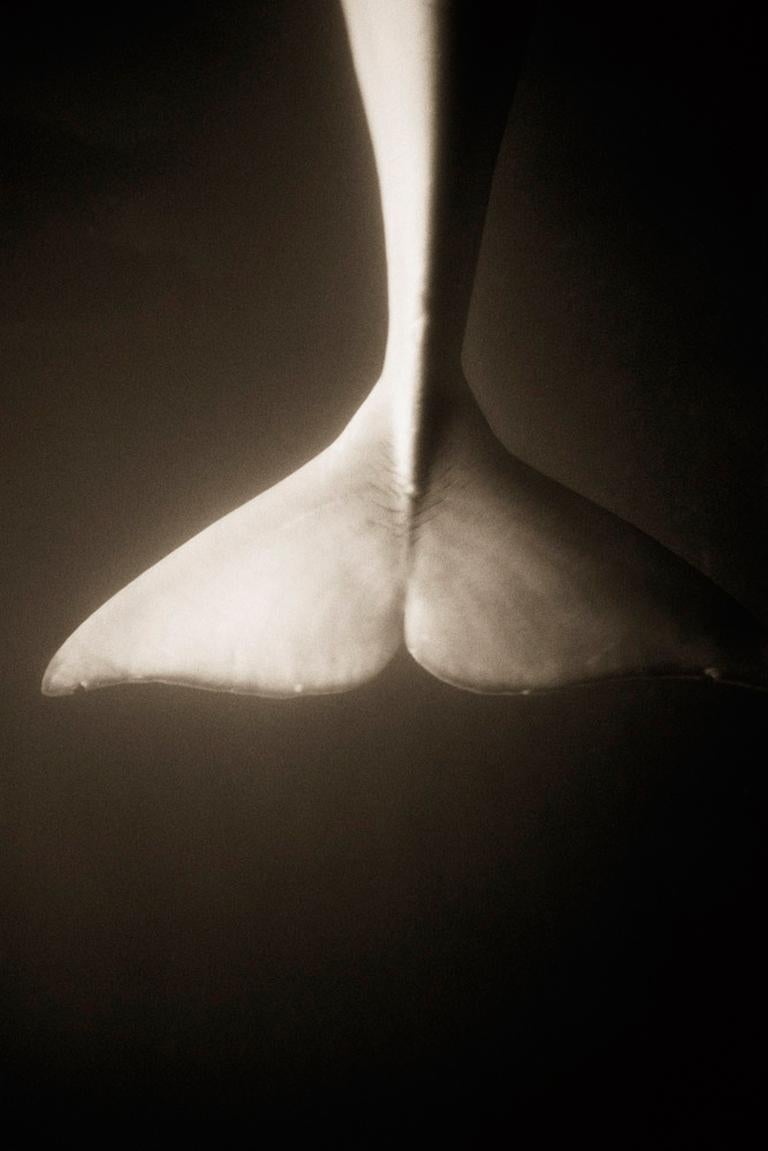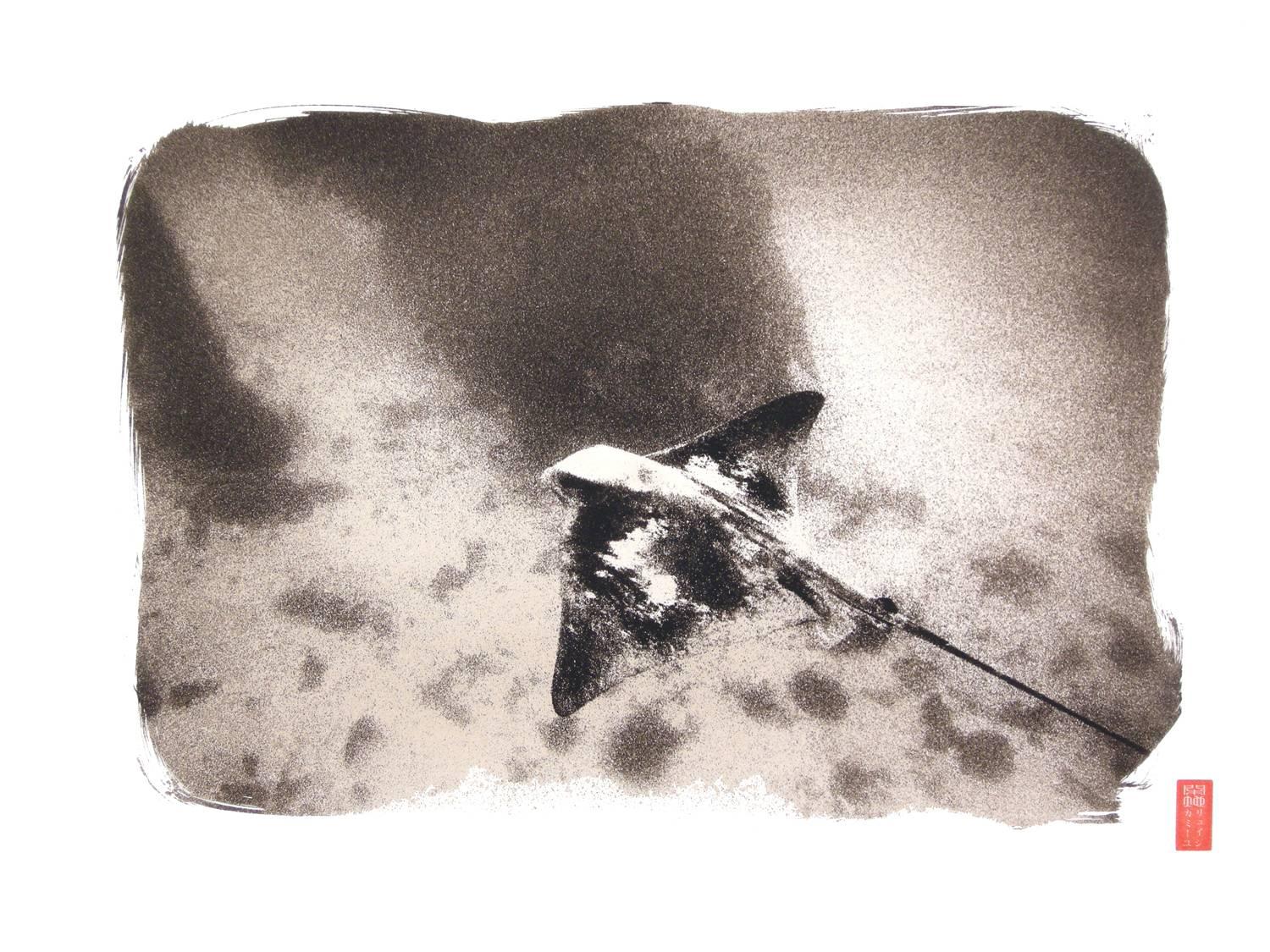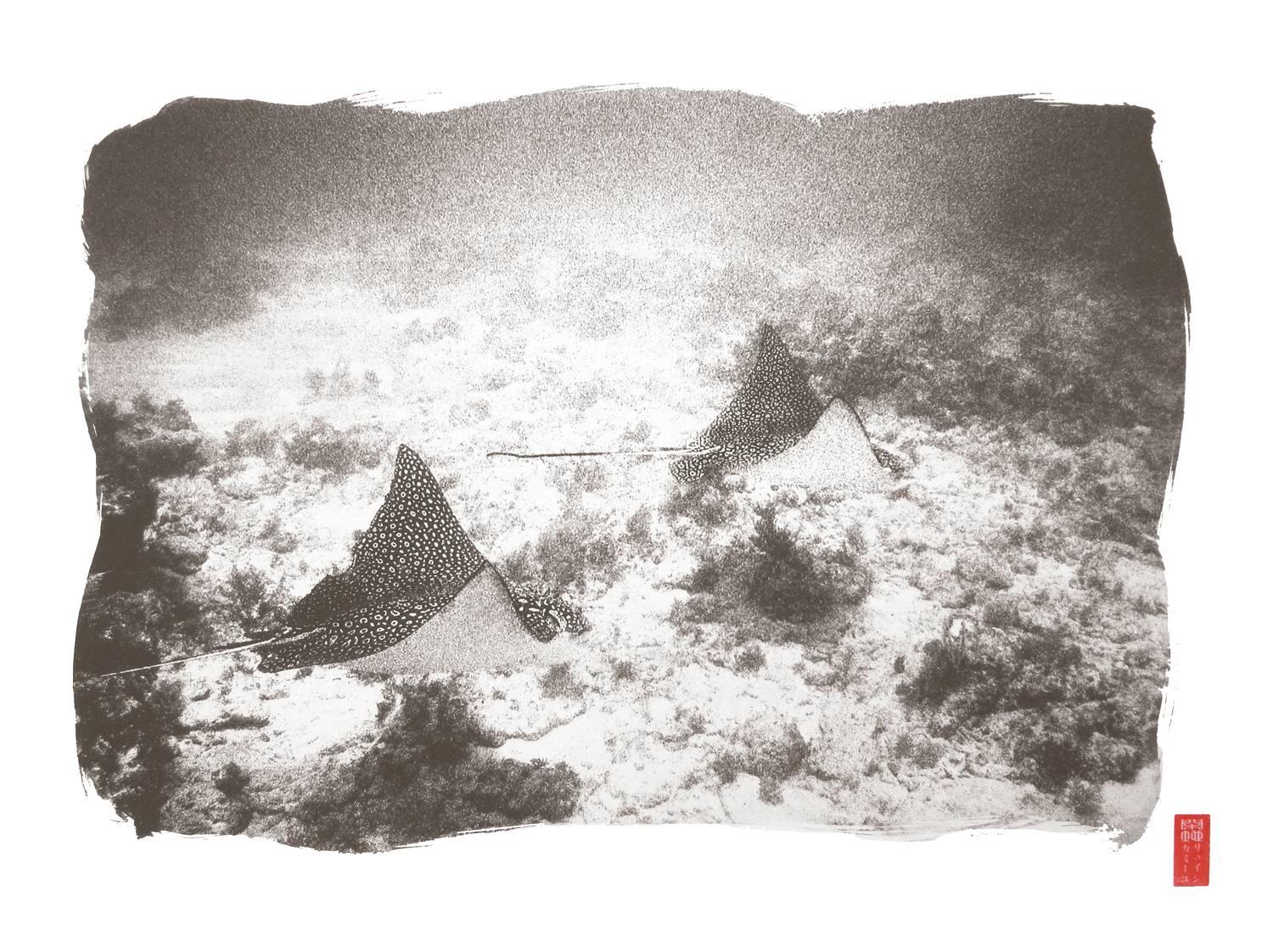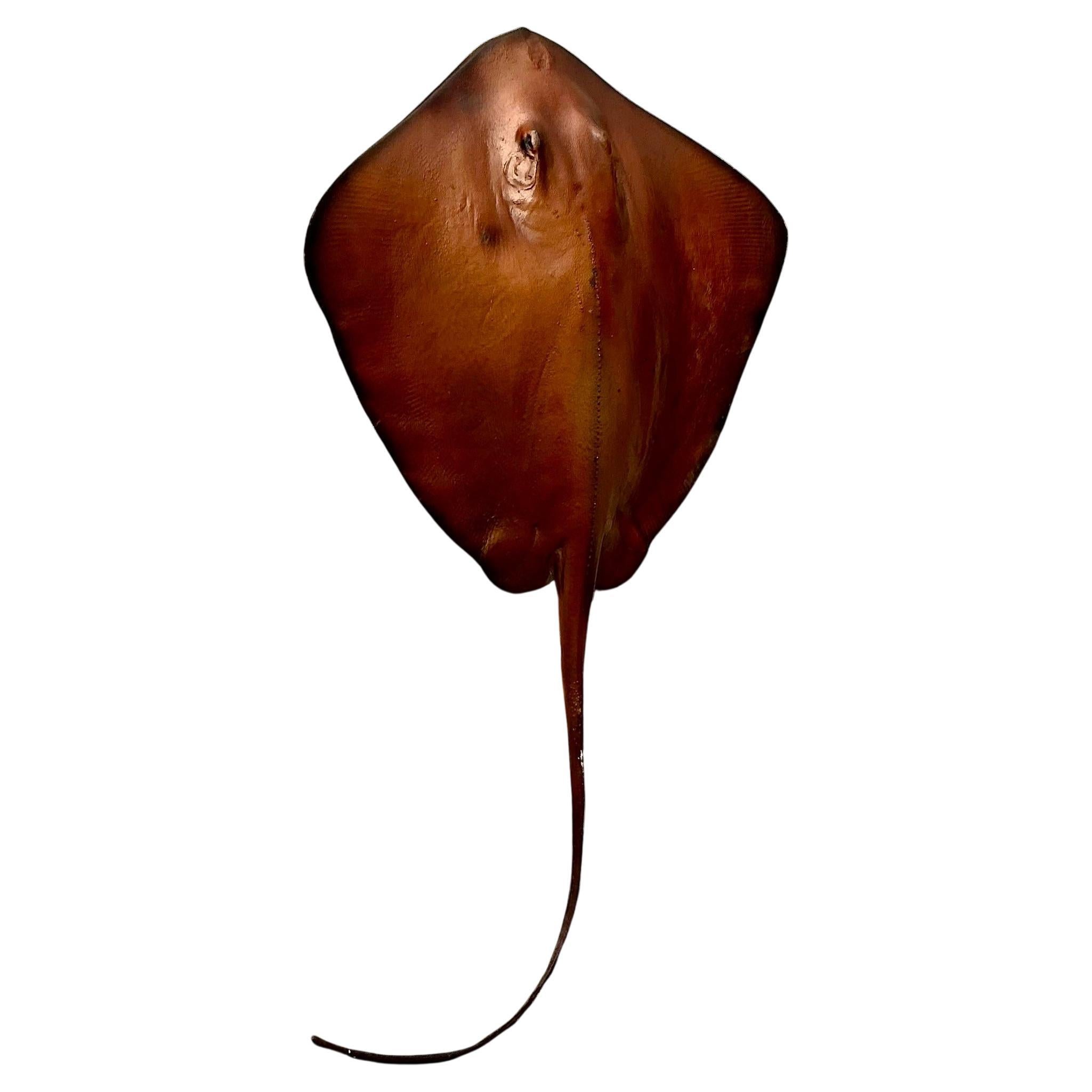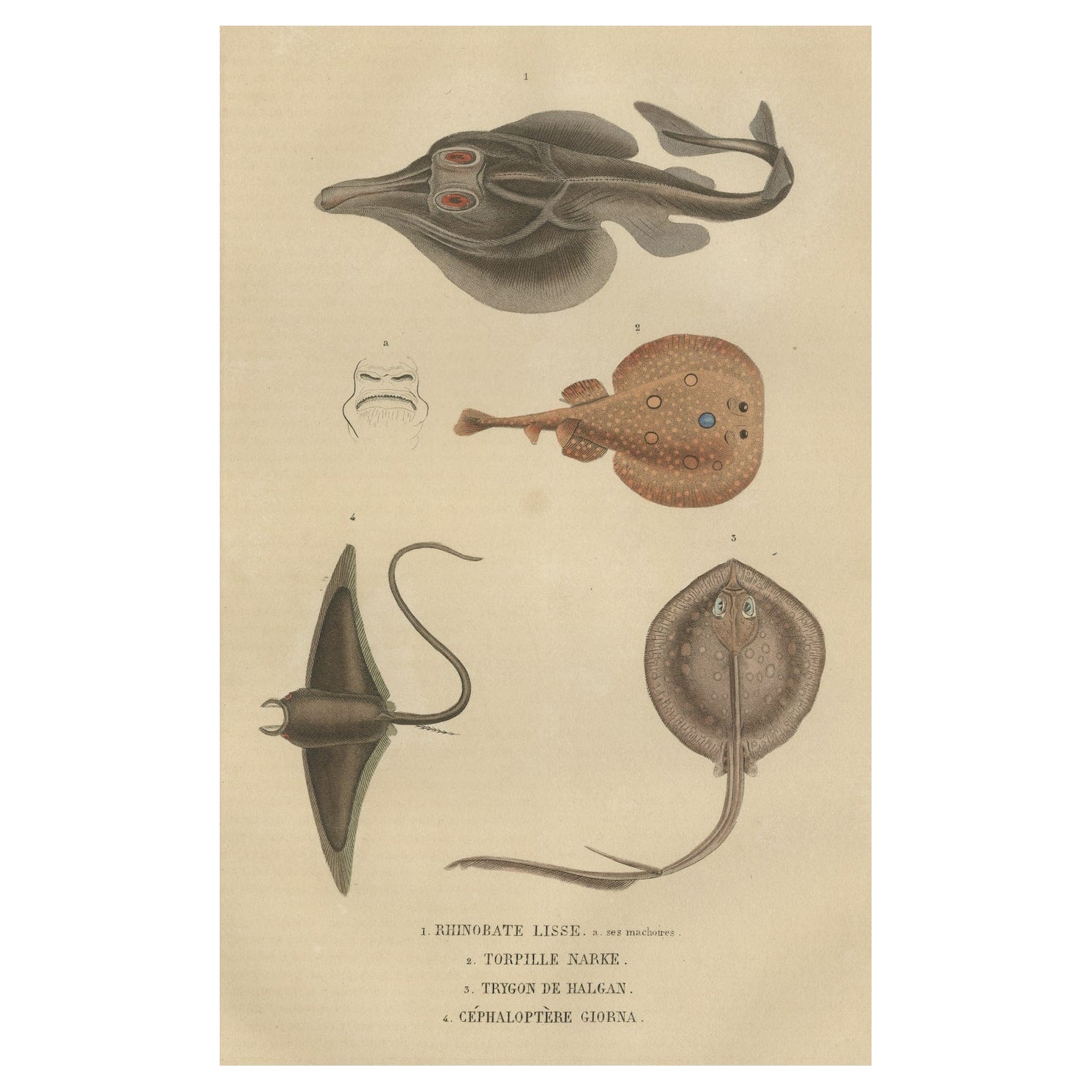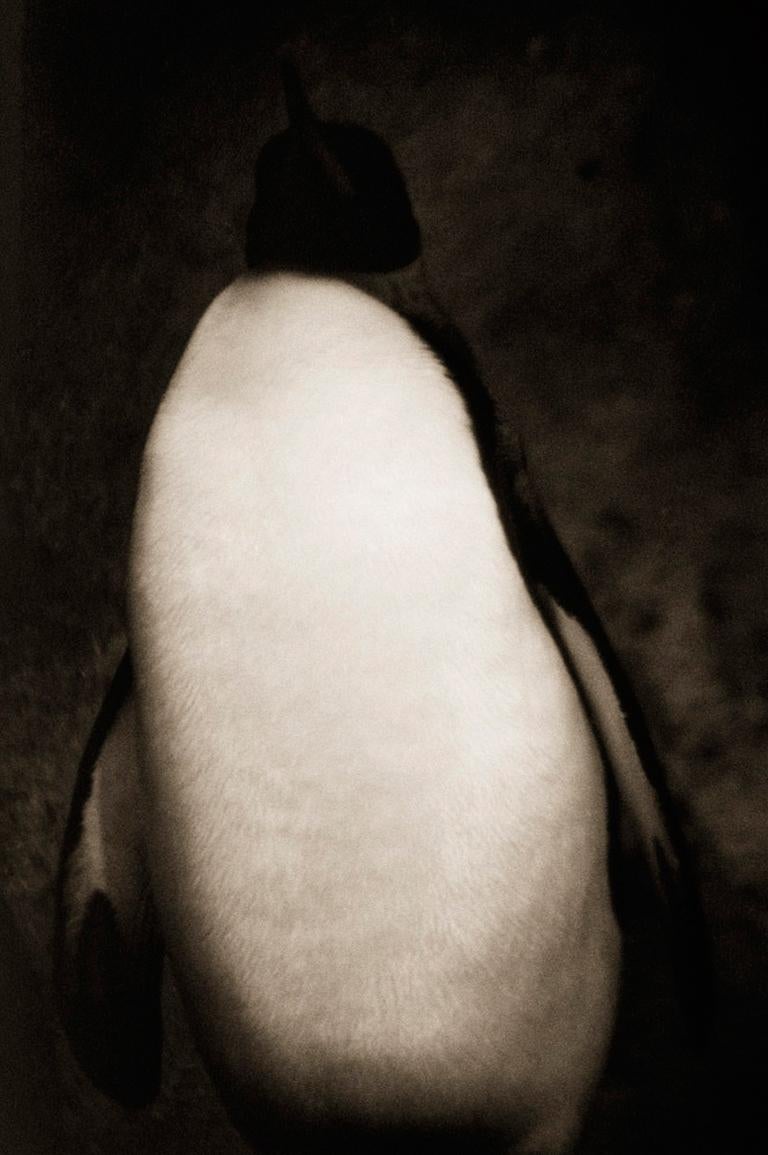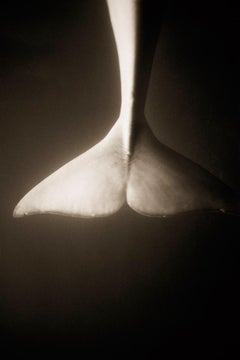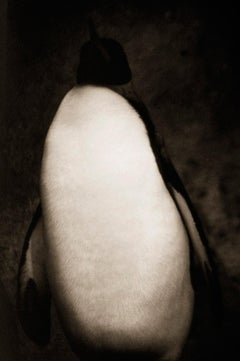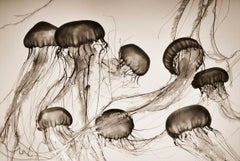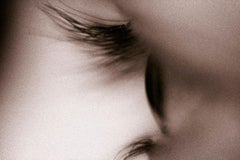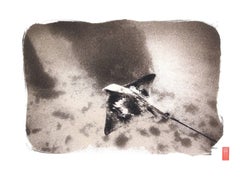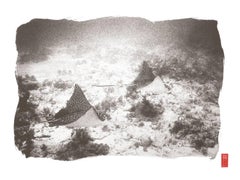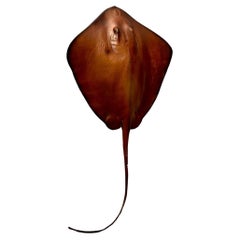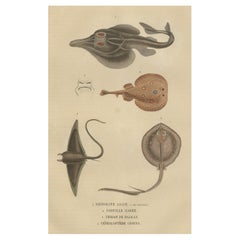Items Similar to Cownose Ray (Rhinoptera bonasus)
Want more images or videos?
Request additional images or videos from the seller
1 of 5
Henry HorensteinCownose Ray (Rhinoptera bonasus)c. 1995-2001
c. 1995-2001
$2,500
£1,897.96
€2,170.86
CA$3,492.86
A$3,884.83
CHF 2,028.54
MX$47,274.20
NOK 25,907.49
SEK 24,296.66
DKK 16,201.95
Shipping
Retrieving quote...The 1stDibs Promise:
Authenticity Guarantee,
Money-Back Guarantee,
24-Hour Cancellation
About the Item
Sepia-toned gelatin silver print
Signed and numbered, verso
24 x 20 inches, sheet
(Edition of 35)
39 x 26 inches, sheet
(Edition of 15)
This photograph is offered by ClampArt, located in New York City.
“Horenstein’s creatures are decontextualized. They appear without the backdrop of the natural landscape, outside even the artificial world of the zoo or aquarium, and devoid of their true color. As a consequence, the images are truly arresting; and in both a literal and a metaphorical sense, we see these animals as we have never seen them before. We notice details, and Horenstein focuses our vision on the unexpected: the foot of an elephant, the eye of an octopus, the hair on the back of a gibbon’s head, the pattern of feathers on a bird’s neck. He plays with scale: the rear end and tail of a rhinoceros occupy the entire picture frame. We see these as if through a magnifying glass. His pictures challenge us to look more closely, to ask questions and make connections. We think about form and function: the relationship between an elephant’s foot, a horse’s hoof, and our own toes. We ponder modes of sensing and communication: the signals that hold together a school of fish. Examining these photographs, we become scientists and discoverers.
“In some respects, Horenstein’s work continues a centuries-old tradition of natural history illustration in the realm of photography. In natural history illustration, animals are often presented in shallow space with limited landscape, sometimes even against a blank page, in order to promote close examination and study of detail. But as much as these photographs promote scientific inquiry, they are more than scientific illustration. Animals were the subjects of our first art and our first metaphors; and freed from the constraints of space and time, many of Horenstein’s creatures remind us of the lost magical connection between the ‘animal world’ and our own. They are unsettling and they mesmerize. They transcend and transgress familiar boundaries between subject and object. Who is observing whom? The Komodo dragon looks at us with piercing eyes. We’re transfixed by the gaze of the harbor seal.
“The combination of the scientific and the metaphorical, the artistic and the analytical in these images is what accounts for their extraordinary power.” —Elisabeth Werby, Executive Director, Harvard Museum of Natural History, Cambridge, Massachusetts
- Creator:Henry Horenstein (1947, American)
- Creation Year:c. 1995-2001
- Dimensions:Height: 24 in (60.96 cm)Width: 20 in (50.8 cm)
- Medium:
- Period:
- Condition:
- Gallery Location:New York, NY
- Reference Number:1stDibs: LU93233222023
About the Seller
5.0
Gold Seller
Premium sellers maintaining a 4.3+ rating and 24-hour response times
Established in 2000
1stDibs seller since 2018
267 sales on 1stDibs
Typical response time: 8 hours
- ShippingRetrieving quote...Shipping from: New York, NY
- Return Policy
Authenticity Guarantee
In the unlikely event there’s an issue with an item’s authenticity, contact us within 1 year for a full refund. DetailsMoney-Back Guarantee
If your item is not as described, is damaged in transit, or does not arrive, contact us within 7 days for a full refund. Details24-Hour Cancellation
You have a 24-hour grace period in which to reconsider your purchase, with no questions asked.Vetted Professional Sellers
Our world-class sellers must adhere to strict standards for service and quality, maintaining the integrity of our listings.Price-Match Guarantee
If you find that a seller listed the same item for a lower price elsewhere, we’ll match it.Trusted Global Delivery
Our best-in-class carrier network provides specialized shipping options worldwide, including custom delivery.More From This Seller
View AllBeluga Whale (Delphinapterus leucas)
By Henry Horenstein
Located in New York, NY
Sepia-toned gelatin silver print
Signed and numbered, verso
24 x 20 inches, sheet
(Edition of 35)
39 x 26 inches, sheet
(Edition of 15)
This photograph is offered by ClampArt, located in New York City.
“Horenstein’s creatures are decontextualized. They appear without the backdrop of the natural landscape, outside even the artificial world of the zoo or aquarium, and devoid of their true color. As a consequence, the images are truly arresting; and in both a literal and a metaphorical sense, we see these animals as we have never seen them before. We notice details, and Horenstein focuses our vision on the unexpected: the foot of an elephant, the eye of an octopus, the hair on the back of a gibbon’s head, the pattern of feathers on a bird’s neck. He plays with scale: the rear end and tail of a rhinoceros occupy the entire picture frame. We see these as if through a magnifying glass. His pictures challenge us to look more closely, to ask questions and make connections. We think about form and function: the relationship between an elephant’s foot, a horse’s hoof, and our own toes. We ponder modes of sensing and communication: the signals that hold together a school of fish. Examining these photographs, we become scientists and discoverers.
“In some respects, Horenstein’s work continues a centuries-old tradition of natural history illustration in the realm of photography. In natural history illustration, animals are often presented in shallow space with limited landscape, sometimes even against a blank page, in order to promote close examination and study of detail. But as much as these photographs promote scientific inquiry, they are more than scientific illustration. Animals were the subjects of our first art and our first metaphors; and freed from the constraints of space and time, many of Horenstein’s creatures remind us of the lost magical connection between the ‘animal world’ and our own. They are unsettling and they mesmerize. They transcend and transgress familiar boundaries between subject and object. Who is observing whom? The Komodo dragon looks at us with piercing eyes. We’re transfixed by the gaze of the harbor...
Category
1990s Other Art Style Black and White Photography
Materials
Silver Gelatin
Emperor Penguin (Aptenodytes forsteri)
By Henry Horenstein
Located in New York, NY
Sepia-toned gelatin silver print
Signed and numbered, verso
24 x 20 inches, sheet
(Edition of 35)
39 x 26 inches, sheet
(Edition of 15)
This photograph is offered by ClampArt, located in New York City.
“Horenstein’s creatures are decontextualized. They appear without the backdrop of the natural landscape, outside even the artificial world of the zoo or aquarium, and devoid of their true color. As a consequence, the images are truly arresting; and in both a literal and a metaphorical sense, we see these animals as we have never seen them before. We notice details, and Horenstein focuses our vision on the unexpected: the foot of an elephant, the eye of an octopus, the hair on the back of a gibbon’s head, the pattern of feathers on a bird’s neck. He plays with scale: the rear end and tail of a rhinoceros occupy the entire picture frame. We see these as if through a magnifying glass. His pictures challenge us to look more closely, to ask questions and make connections. We think about form and function: the relationship between an elephant’s foot, a horse’s hoof, and our own toes. We ponder modes of sensing and communication: the signals that hold together a school of fish. Examining these photographs, we become scientists and discoverers.
“In some respects, Horenstein’s work continues a centuries-old tradition of natural history illustration in the realm of photography. In natural history illustration, animals are often presented in shallow space with limited landscape, sometimes even against a blank page, in order to promote close examination and study of detail. But as much as these photographs promote scientific inquiry, they are more than scientific illustration. Animals were the subjects of our first art and our first metaphors; and freed from the constraints of space and time, many of Horenstein’s creatures remind us of the lost magical connection between the ‘animal world’ and our own. They are unsettling and they mesmerize. They transcend and transgress familiar boundaries between subject and object. Who is observing whom? The Komodo dragon looks at us with piercing eyes. We’re transfixed by the gaze of the harbor...
Category
1990s Other Art Style Black and White Photography
Materials
Silver Gelatin
Brown Sea Nettles (Chrysaora fuscescens)
By Henry Horenstein
Located in New York, NY
Sepia-toned gelatin silver print
Signed and numbered, verso
20 x 24 inches, sheet
(Edition of 35)
26 x 39 inches, sheet
(Edition of 15)
This photograph is offered by ClampArt, located in New York City.
“Horenstein’s creatures are decontextualized. They appear without the backdrop of the natural landscape, outside even the artificial world of the zoo or aquarium, and devoid of their true color. As a consequence, the images are truly arresting; and in both a literal and a metaphorical sense, we see these animals as we have never seen them before. We notice details, and Horenstein focuses our vision on the unexpected: the foot of an elephant, the eye of an octopus, the hair on the back of a gibbon’s head, the pattern of feathers on a bird’s neck. He plays with scale: the rear end and tail of a rhinoceros occupy the entire picture frame. We see these as if through a magnifying glass. His pictures challenge us to look more closely, to ask questions and make connections. We think about form and function: the relationship between an elephant’s foot, a horse’s hoof, and our own toes. We ponder modes of sensing and communication: the signals that hold together a school of fish. Examining these photographs, we become scientists and discoverers.
“In some respects, Horenstein’s work continues a centuries-old tradition of natural history illustration in the realm of photography. In natural history illustration, animals are often presented in shallow space with limited landscape, sometimes even against a blank page, in order to promote close examination and study of detail. But as much as these photographs promote scientific inquiry, they are more than scientific illustration. Animals were the subjects of our first art and our first metaphors; and freed from the constraints of space and time, many of Horenstein’s creatures remind us of the lost magical connection between the ‘animal world’ and our own. They are unsettling and they mesmerize. They transcend and transgress familiar boundaries between subject and object. Who is observing whom? The Komodo dragon looks at us with piercing eyes. We’re transfixed by the gaze of the harbor...
Category
1990s Other Art Style Black and White Photography
Materials
Silver Gelatin
Untitled #91
By Henry Horenstein
Located in New York, NY
Sepia-toned gelatin silver print
Signed and numbered, verso
16 x 20 inches, sheet
(Edition of 25)
This photograph is offered by ClampArt, located in New York City.
“These are not ...
Category
Early 2000s Other Art Style Figurative Photography
Materials
Silver Gelatin
Datura T
By Doris Mitsch
Located in New York, NY
2000
Signed, titled, dated, and numbered, verso
Archival inks on rag paper
This artwork is offered by ClampArt, located in New York City.
Doris Mitsch writes about her technique:...
Category
Early 2000s More Prints
Materials
Archival Ink
Untitled #57
By Henry Horenstein
Located in New York, NY
Sepia-toned gelatin silver print
Signed and numbered, verso
20 x 16 inches, sheet
(Edition of 25)
This photograph is offered by ClampArt, located in New York City.
“These are not ...
Category
Early 2000s Other Art Style Figurative Photography
Materials
Silver Gelatin
You May Also Like
Kanchi "K-59" Bat Ray
By Ryuijie
Located in Carmel-by-the-Sea, CA
Original platinum print by Ryuijie & Camille Derendinger. Edition of 15. Signed and numbered on the front of the print.Available in 11 x 14 inches approximately. Works come overmatte...
Category
21st Century and Contemporary Black and White Photography
Materials
Platinum
Price Upon Request
K108 ~ Eagle Rays
By Ryuijie
Located in Carmel-by-the-Sea, CA
Original platinum print by Ryuijie & Camille Derendinger. Edition of 15. Signed and numbered on the front of the print. Available in 11 x 14 inches approximately. Works come overmatt...
Category
21st Century and Contemporary Black and White Photography
Materials
Platinum
Price Upon Request
Vintage Boho Life Size Fiberglass Stingray
Located in West Palm Beach, FL
Make a splash with this Vintage Boho Life-Size Fiberglass Stingray. Its realistic design and boho flair make it a stunning conversation piece, perfect for adding an ocean-inspired to...
Category
Mid-20th Century American Wall-mounted Sculptures
Materials
Fiberglass
Print of a Guitarfish, Common Torpedo, Stingray & Devil fish or Giant Devil Ray
Located in Langweer, NL
Here's a brief description of the animals mentioned on the orginal hand-colored antique print:
This antique print features marine creatures that present a captivating depiction of e...
Category
Antique 1840s Prints
Materials
Paper
$182 Sale Price
20% Off
Thornback Rays - contemporary male and female stingrays chromaluxe xogram print
By Hugh Turvey
Located in London, GB
Remastered print – only available in Chromaluxe for the edition of 10.
It is signed in UV ink and supplied with UV light. (Unframed print size 50x50cm)
Framed and glazed piece
price including frame
Hugh...
Category
2010s Contemporary Photography
Materials
Inkjet
Mars Attacks, Manta Ray jumping out of the water, Fine Art Photography, 2021
By David Yarrow
Located in Vienna, AT
Close-up of a Manta Ray jumping out of the water, photographed by David Yarrow in 2021. All prints are limited edition. Available in multiple sizes. High-end framing on request. All ...
Category
21st Century and Contemporary Contemporary Figurative Photography
Materials
Archival Pigment
Price Upon Request
Free Shipping
